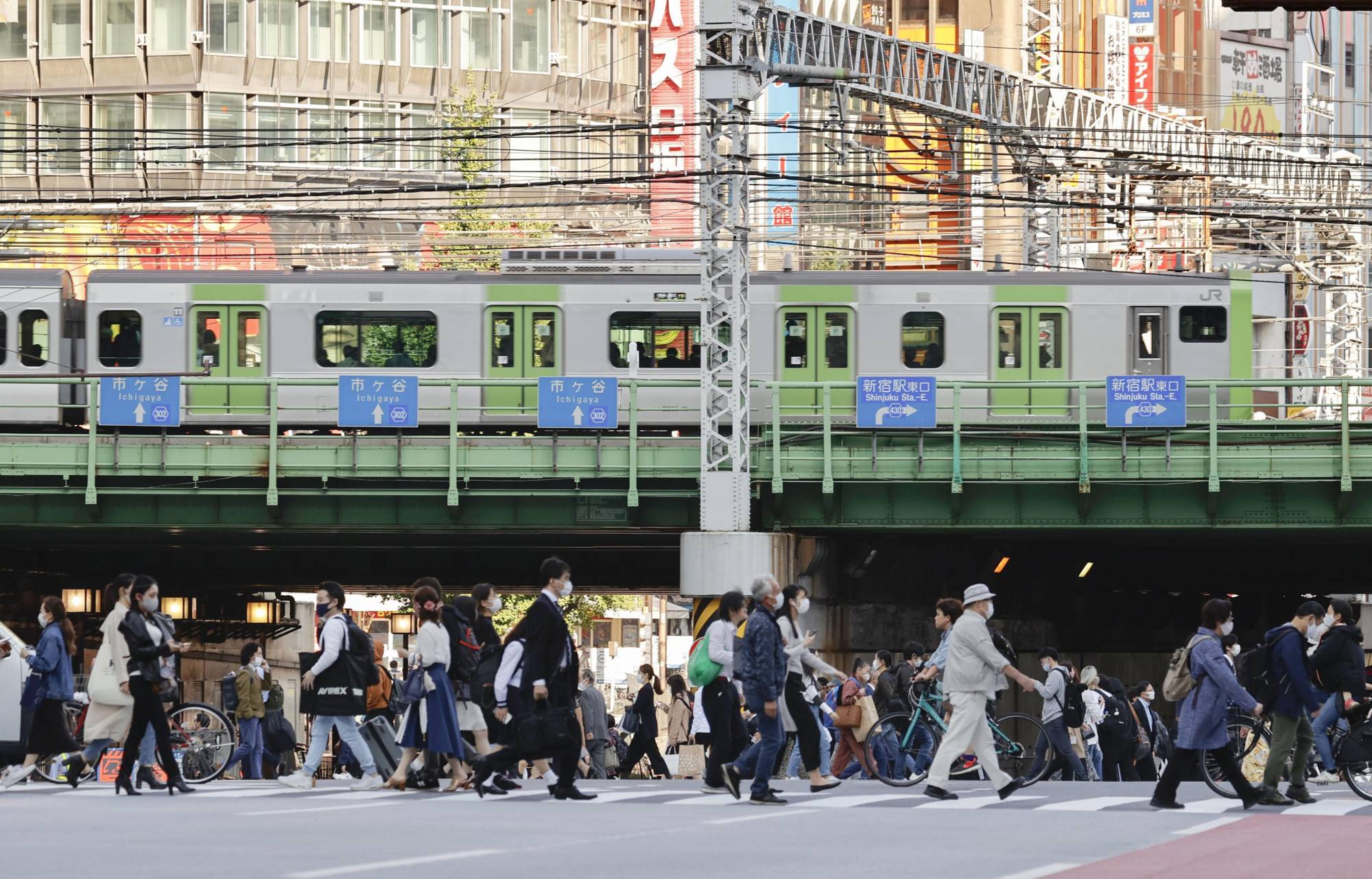JR東日本は21日、来春から山手線や東海道線など首都圏の17路線で最終列車の発車時刻を早めると明らかにした。繰り上げ幅の最大は高崎線と青梅線の約37分で、終電の一斉繰り上げは1987年の同社発足以来初めて。始発列車の時刻も5路線で繰り下げ、最大約17分遅くなる。詳細は12月に改めて発表する。
JR東は終電繰り上げの理由として、深夜帯の乗客減少に新型コロナ拡大が追い打ちを掛けたことや、終電後に実施する保守作業の時間確保を挙げている。
影響を受ける乗客は、9月の利用状況の集計では平日約2万人。混雑で3密が起きないよう、8路線で終電前の列車を増発する。 (KYODO)



